Chapter 9- Joints, Types, and Movements
1/51
There's no tags or description
Looks like no tags are added yet.
Name | Mastery | Learn | Test | Matching | Spaced |
|---|
No study sessions yet.
52 Terms
Synarthrosis
Little to no movement
examples of synarthrosis
Sutures between skull and bones; teeth sockets
amphiarthrosis
slightly movable
examples of amphiarthrosis
intervertebral joints, pubic symphysis
examples of amphiarthrosis
distal tibiofibular joint and joint between the manubrium and the sternum
diarthrosis
freely movable
examples of diarthrosis
all synovial joints
functionally classified joints
based on the amount of movement the joint allows
Functional joints examples
synarthrosis, amphiarthrosis, diarthrosis
structurally classified joints
based on the connective tissue type
presence or absence of space between articulating bones
structural joint examples
fibrous, cartilaginous, synovial
fibrous joints
held together with fibers.
fibrous joint examples
skull joints
teeth sockets
distal joint between tibia and fibula
cartilaginous joint
held together with cartilage.
cartilaginous joints examples
intervertebral joints
pubic symphysis
joint between manubrium and body of sternum
synovial joint
have a synovial cavity between bones.
dense fibrous connective tissue on exterior that holds bones together.
synovial joints examples
shoulder, knee, elbow, hips
types of synovial joint movements
gliding
angular movements
rotation
special movements
gliding movements
flat bone surfaces move side to side and back and forth.

gliding examples
limited range; intercarpal joints
angular movements
increase or decrease the angle between articulating bones
types of angular movements
flexion
extension
hyperextension
abduction
adduction
circumduction
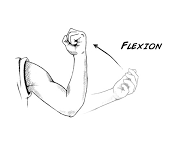
flexion
a decrease in the angle
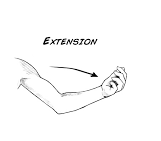
extension
an increase in the angle

hyperextension
continuation of extension beyond normal anatomical position
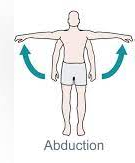
abduction
movement away from midline
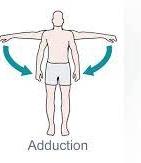
adduction
movement toward the midline
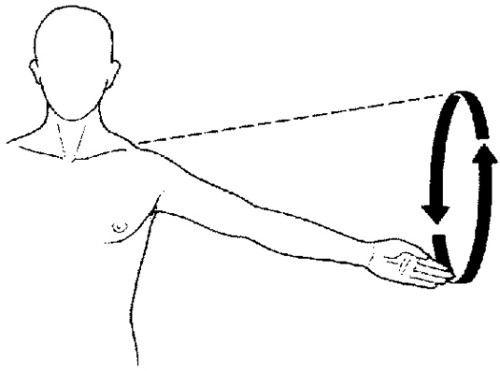
circumduction
movement of a body part in a circle
rotation joints
a bone revolving around its own longitudinal axis; medial and lateral
rotational joints examples
shaking your head no
special movements examples
elevation
depression
protraction
retraction
elevation
an upward movement of a body part
elevation example
closing the mouth
depression
downward movement of a body part
protraction
movement of a body part anteriorly
retraction
movement of a body part posteriorly
depression example
opening the mouth
protraction example
pushing the mandible out
retraction example
pushing the mandible in

inversion
movement of the inside of the foot medially
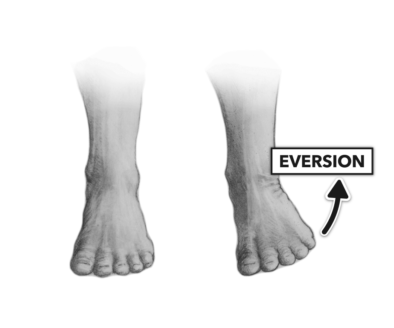
eversion
movement outside of the foot laterally
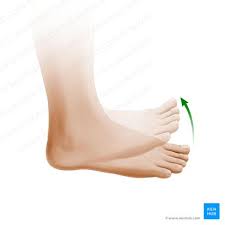
dorsiflexion
bending the foot at the ankle upwards, toes up
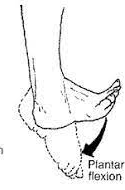
plantar flexion
bending the ankle downwards at the foot; toes down
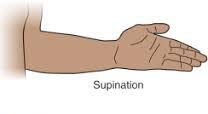
supination
palm facing up anteriorly
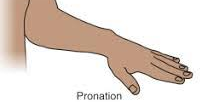
pronation
palm facing down or posterior.
types of synovial joints
plane/gliding joint
hinge joint
pivot joint
condylar joint
saddle joint
ball-and-socket joint
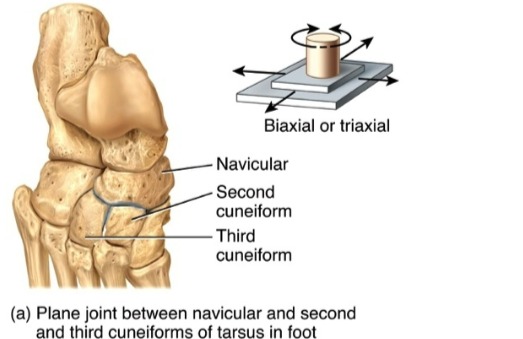
plane/gliding joint
flat and slightly curved; back and forth & side to side movements
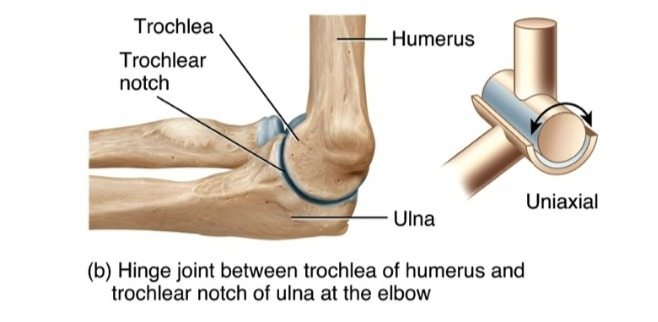
hinge joint
convex surface of one bone fits into concave surface of another
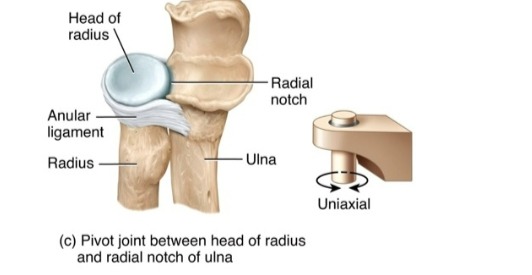
pivot joint
rounded surface of one bone articulates with a ring structure formed by another bone and ligament; allows rotation around rotational axis
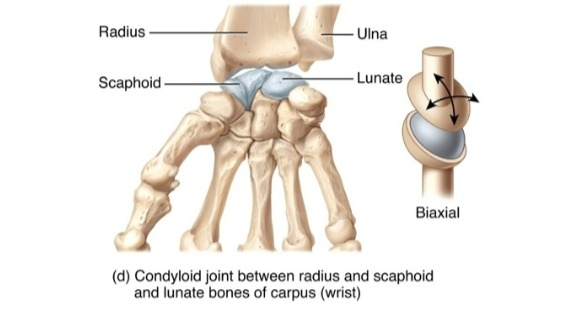
condylar joint
convex oval-shaped projection of one bone fits into oval-shaped depression of another bone; allows movement around two axes
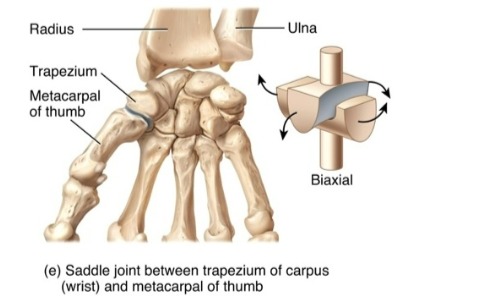
saddle joint
articular surface of one bone is saddle shaped, range of motion around all 3 axis
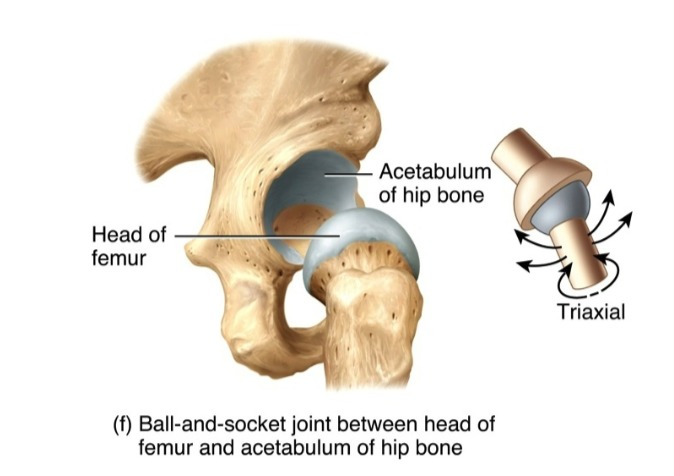
ball-and-socket joint
ball surface of one bone fits into a cuplike depression of another bone; allows most movement like the shoulder